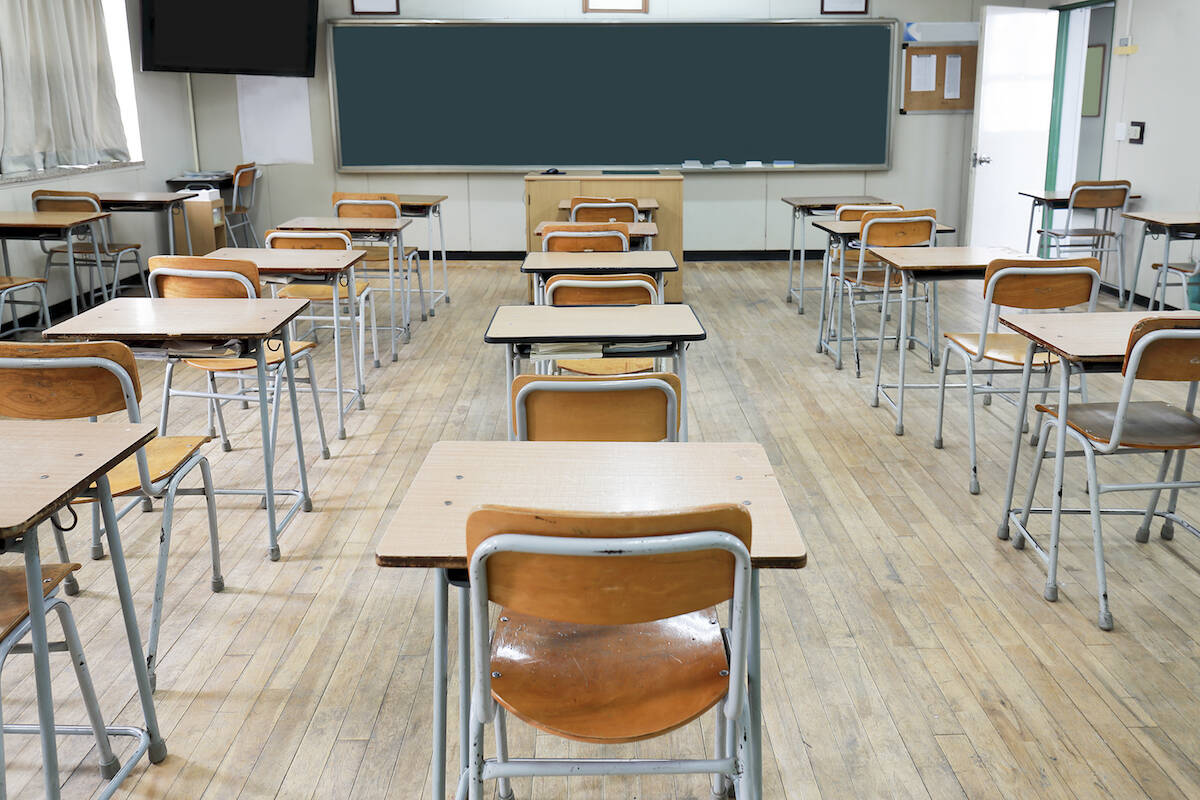EDITORIAL: Why so many classrooms have empty seats
Education leaders spent the pandemic telling students that showing up to school wasn’t necessary. Unfortunately, many of them took the lesson to heart.
The New Yorker recently featured a long piece on chronic absenteeism. Students receive that designation when they miss 10 percent of school days, which in most places is about 18 days. Reporter Alec MacGillis tagged along with Shepria Johnson, who visits the homes of chronically absent students.
She has firsthand insight into why so many students aren’t showing up: It’s much easier for some parents. It takes time and energy to make kids go to school and get them ready. In some circumstances, moms worry about sending their children out without winter jackets or clean clothes.
“You were able to just do the things you needed to do,” Ms. Johnson told the magazine about online education. “Everybody was comfortable. It was, ‘I can go to my computer, my baby is in my room on the computer. We’re good.’ ”
Keeping kids at home may feel good in the moment, but it’s cratered student achievement. According to the Nation’s Report Card, just 32 percent of fourth graders were proficient in reading in 2022. In Clark County, the rate was just 24 percent.
Missing class is one obvious cause of why so many students struggle academically. Schools can’t teach students who don’t show up. Those students don’t learn as much, which, for many, leads to a lifetime of reduced opportunities.
Last August, The Associated Press reported that chronic absenteeism across the nation jumped from 13 percent of students in the 2018-19 school year to 28 percent in 2021-22. Given its test results, it’s no surprise that those numbers are much worse in the Clark County School District. Chronic absenteeism stood at 21.9 percent in the 2018-19 school year. It skyrocketed to 39.8 percent in 2021-22 before falling slightly to 36 percent last school year.
The problem was once largely confined to high schools. But Education Week notes that it is now affecting more elementary school kids.
Policymakers have tried a variety of approaches to combat the problem, with varying results. But the issue highlights the importance of creating a positive and safe learning environment that is attractive to both students and parents.
One way to do that is to expand options for families. If a traditional public school can’t get one-third of its students to attend classes consistently, it’s failing. Give parents a choice and let them find a school that can motivate their children in a supportive, engaging manner, and both academic performance and attendance will benefit.

















